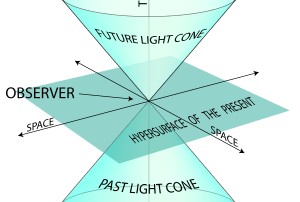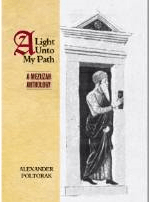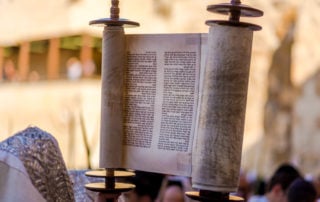Noah’s Ark—Three Layers of Reality
A light shalt thou make to the ark…with lower, second, and third stories shalt thou make it. (Genesis 6:16) We mentioned in the previous posts that Noah’s ark was a microcosm.[1] As we discussed in the previous post, “Noah’s Ark—Three Layers of Being Human,” most structural parallels related to Noah’s ark are based on its tripartite structure —that is, its having three tiers. In Chasidic thought, the three levels of Noah’s ark correspond to three worlds of BiYA—Beriyah (the World of Creation), Yetzirah (the World of Formation), and Asiyah (the World of Action). In this essay, we will investigate how the tripartite structure of Noah’s ark is reflected in the structure of reality. We might say that the totality of existence comprises three layers—physical, informational, and spiritual. The classification of reality into three [...]







